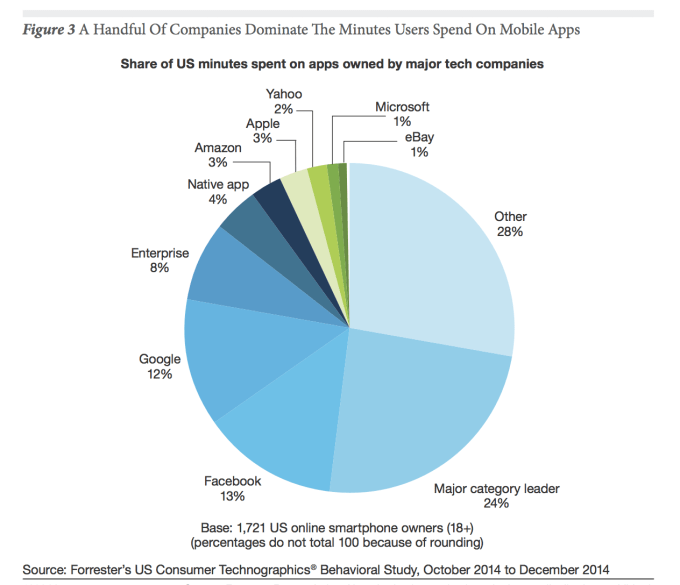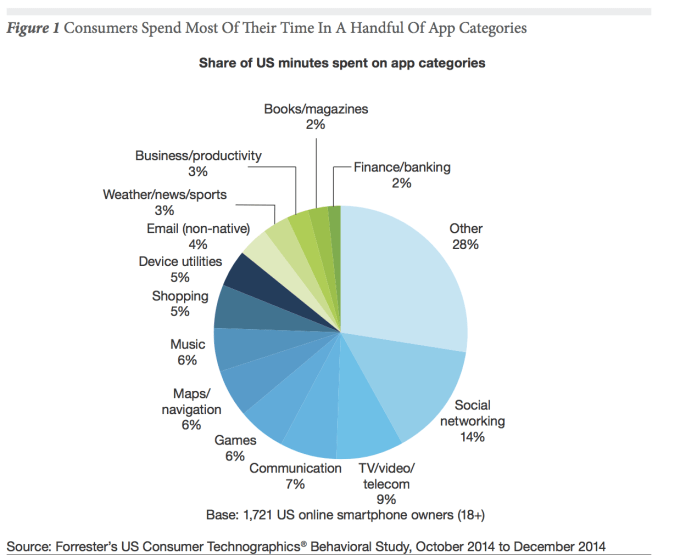As reported by LA Times: Google Maps has announced its first vertical Street View, giving people the opportunity to virtually climb El Capitan in Yosemite National Park.
"People around the world will now be able to virtually experience the unique act of ascending a 3,000-foot cliff by going on a self-directed, vertical climb," the Mountain View, Calif., company said. "Climbers" can make their way up the Nose route and part of the Dawn Wall.
To collect the imagery for Google Maps, the company worked with photographers and partnered with climbers Lynn Hill, Alex Honnold and Tommy Caldwell.
"Yosemite’s driven so much of my life that I’m excited to be able to share it with the world through my eyes," Caldwell said. "These 360-degree panoramic images are the closest thing I’ve ever witnessed to actually being thousands of feet up a vertical rock face -- better than any video or photo. But my hope is that this new imagery will inspire you to get out there and see Yosemite for yourself."
"People around the world will now be able to virtually experience the unique act of ascending a 3,000-foot cliff by going on a self-directed, vertical climb," the Mountain View, Calif., company said. "Climbers" can make their way up the Nose route and part of the Dawn Wall.
To collect the imagery for Google Maps, the company worked with photographers and partnered with climbers Lynn Hill, Alex Honnold and Tommy Caldwell.
"Yosemite’s driven so much of my life that I’m excited to be able to share it with the world through my eyes," Caldwell said. "These 360-degree panoramic images are the closest thing I’ve ever witnessed to actually being thousands of feet up a vertical rock face -- better than any video or photo. But my hope is that this new imagery will inspire you to get out there and see Yosemite for yourself."
Along the route, and at more than 20 other spots across the broad face of El Capitan, armchair climbers can look around in all directions — down to the floor of Yosemite Valley, up the blank face to the top of the cliff, at the broad view of Yosemite National Park’s other granite monoliths and up close at the pebbled grain and cracks of El Capitan itself.
To check out more of Caldwell's experience working with Google, including the challenges of capturing the difficult ascent up the famous rock face, you can read his blog post here.
For now, vertical Street View is available only for El Capitan, but Google spokeswoman Susan Cadrecha said the company would "continue to try and expand the limits -- and reach new heights -- for Street View moving forward."
It was Russell’s idea to apply Street View to El Capitan, which is a three- or four-hour drive from Google’s Mountain View, Calif., headquarters. As it continues to use Street View to photograph and map many millions of miles of the Earth’s roads, the company is increasingly using the equipment away from populated areas. It has, for example, attached cameras to two rafts floating down the Colorado River through the Grand Canyon.
To check out more of Caldwell's experience working with Google, including the challenges of capturing the difficult ascent up the famous rock face, you can read his blog post here.
For now, vertical Street View is available only for El Capitan, but Google spokeswoman Susan Cadrecha said the company would "continue to try and expand the limits -- and reach new heights -- for Street View moving forward."
The New York Times has an interactive feature about the climb as well.

























